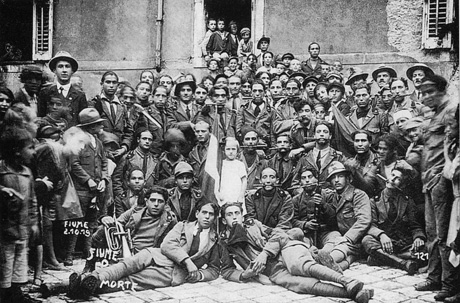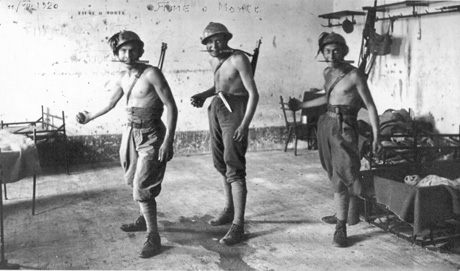ramonmercado
CyberPunk
- Joined
- Aug 19, 2003
- Messages
- 58,321
- Location
- Eblana
Qinghai letter: following the steps of Bond author’s brother
... One of my favourite books about China, and about this offcut of Asia, is News from Tartary, by British writer Peter Fleming, a brilliant account of a journey from Beijing to Kashmir.
He was the elder brother of Ian Fleming, the James Bond author and now the more famous of the siblings but, for a time, Peter Fleming was the celebrity. Adventurer, Times correspondent, author and war hero, he was a huge figure.
He visited Qinghai Lake in April 1935. It was frozen and no one else was there.
“It gave me a feeling of forgotten magnificence, of beauty wasted,” he wrote. “Every year, unadmired, the waters hardened into crystal, carried snow, were swept by the winds. Every year they became once more blue and dancing. None regarded their majesty; none noted their moods, their rage or their tranquillity . . . The Koko Nor might just as well not have been there.”
Today, though the lakeside has interpretative centres, tourist shops and golf carts to cover some of the distances, the cold weather means I am basically alone by the lake, and I can get a sense of what Fleming is talking about. It’s still not hugely visited, weirdly remote even today.
Accompanied by Ella Maillart, whom he called Kini, one of the great travellers of the 20th century Fleming made his way across war-ravaged China, through incredibly remote Xinjiang and the Taklamakan desert.
Time capsule
Having visited many of the places in News from Tartary, reading about them 80 years after its publication is like opening a time capsule.
http://www.irishtimes.com/news/worl...-the-steps-of-bond-author-s-brother-1.2450551
... One of my favourite books about China, and about this offcut of Asia, is News from Tartary, by British writer Peter Fleming, a brilliant account of a journey from Beijing to Kashmir.
He was the elder brother of Ian Fleming, the James Bond author and now the more famous of the siblings but, for a time, Peter Fleming was the celebrity. Adventurer, Times correspondent, author and war hero, he was a huge figure.
He visited Qinghai Lake in April 1935. It was frozen and no one else was there.
“It gave me a feeling of forgotten magnificence, of beauty wasted,” he wrote. “Every year, unadmired, the waters hardened into crystal, carried snow, were swept by the winds. Every year they became once more blue and dancing. None regarded their majesty; none noted their moods, their rage or their tranquillity . . . The Koko Nor might just as well not have been there.”
Today, though the lakeside has interpretative centres, tourist shops and golf carts to cover some of the distances, the cold weather means I am basically alone by the lake, and I can get a sense of what Fleming is talking about. It’s still not hugely visited, weirdly remote even today.
Accompanied by Ella Maillart, whom he called Kini, one of the great travellers of the 20th century Fleming made his way across war-ravaged China, through incredibly remote Xinjiang and the Taklamakan desert.
Time capsule
Having visited many of the places in News from Tartary, reading about them 80 years after its publication is like opening a time capsule.
http://www.irishtimes.com/news/worl...-the-steps-of-bond-author-s-brother-1.2450551




